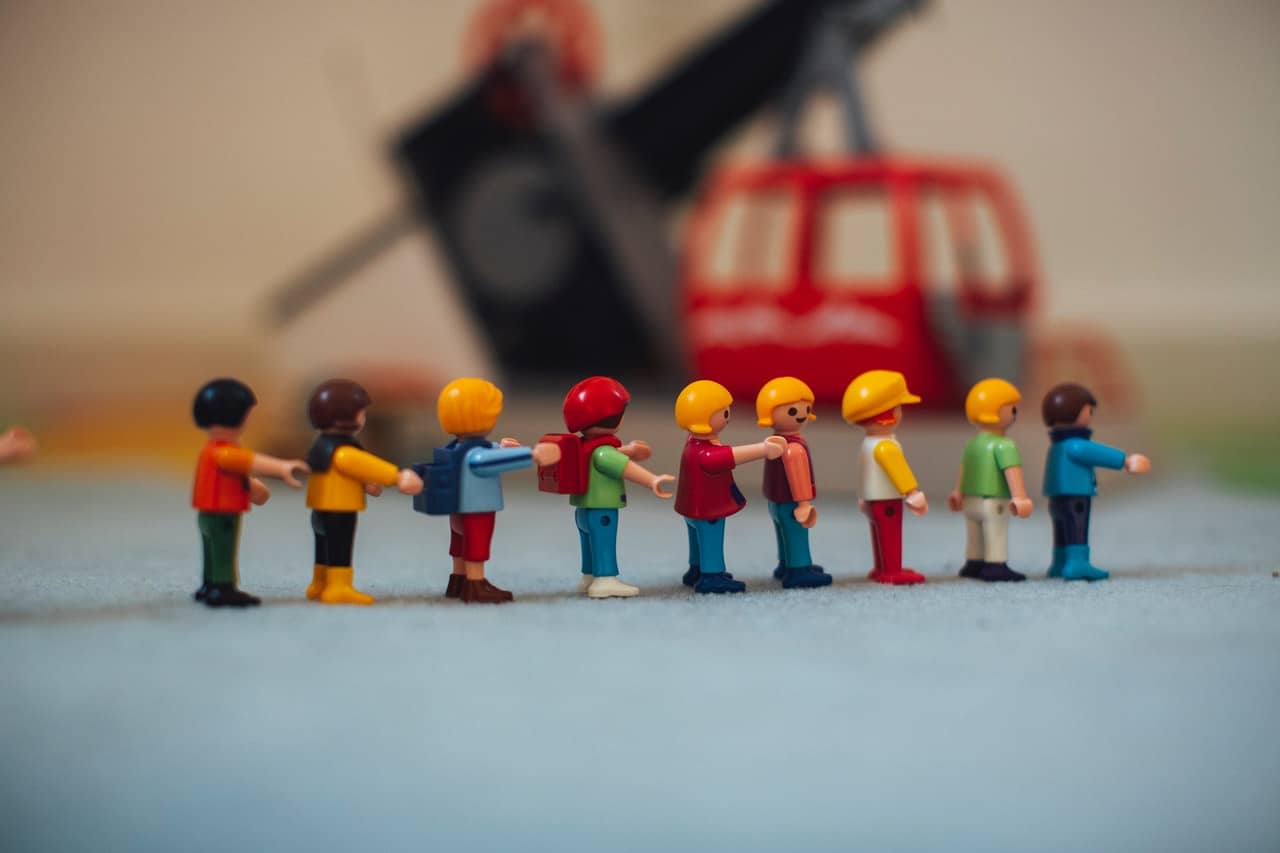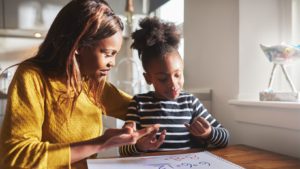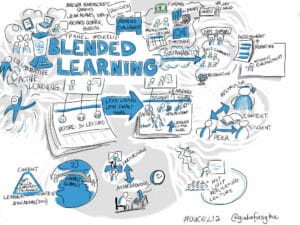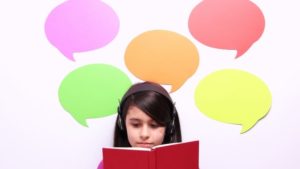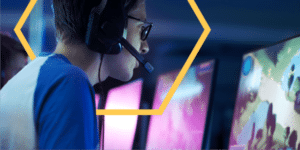Before we heard about the coronavirus, the word social distancing’ could have been just another foreign term with an ambiguous connotation. However, since the coronavirus (Covid-19) outbreak has designated a pandemic earlier this year, social separation has been the new buzzword. In fact, it is one of the most important things we can do to stop the virus from spreading. It took some time for us, as adults, to fully comprehend social distancing and why we need to incorporate it into our daily lives. So, how can we explain social distancing to our children, who don’t seem to comprehend why they can’t play with their peers as freely as they used to?
How to Explain Social Distancing to Children
Children’s desire for intimacy and affection in their daily interactions is typical at such a young age. It’s crucial to explain to your kids what social distance is and why we’re doing it, as it’s become the new normal until the risk of catching Covid-19 is under control. To begin, alternative phrases such as “physical distancing” might be a good place to start. This will emphasize the need of remaining social and in touch even if we are unable to be in close proximity to our loved ones.
Start with a general overview of germs when addressing the need for “physical separation.” Consider the following scenario:
Even though viruses are so small that they are invisible to the naked eye, they can make us sick if they penetrate our bodies. They do this in a variety of ways, including when we breathe them in or when we touch our nose, mouth, or eyes with unwashed hands that may have previously handled goods and surfaces that had not been cleaned. And it is for this reason that we must wash our hands frequently! Your child may have questions along the way, such as, “So how can we tell if someone has germs or who we should avoid?”
Maintain an open mind and do your best to respond to the questions in a compassionate and supportive manner. You can tell your child that it’s often difficult to detect if someone has germs that make other people sick, especially if they don’t display any symptoms of illness. That’s why, during this pandemic, we’re all practicing “physical distance,” and physicians and scientists have urged us to stay away from most of the people in our lives to prevent germs from spreading by touching or coughing.
You might wish to use tools and materials that explain the topic through amusing images and age-appropriate narratives, such as the following films that some of our preschool instructors have used during lessons, to keep the conversation on social distancing light and pleasant.
Tips for Parents on How to Help Their Children Cope with Isolation Blues
Having to adjust to new routines and different ways of interacting with others, amidst the numerous procedures put in place to keep everyone safe, may be a little daunting for your child. Here, the teachers from our West Coast Plaza preschool provide some pointers and things to keep an eye out for as you and your children adjust to our new way of life.
1. Maintain a steady stream of communication
Staying connected with the people in your child’s life is crucial – and healthy – since social alienation is truly about physical detachment. You may not be able to see them as frequently as you’d want, but there are plenty of other options for communication, including text messaging, video calls, and phone calls. If you won’t be going over for dinner every day like you used to, have your child set aside sometime each week to check up with his or her grandparents via video calls. You may even set up video calls with your pals who have kids around your child’s age – it gives playdates for the little ones a whole new meaning!
2. Be adaptable when it comes to routines
There will be adjustments to the everyday routines that you and your child have become accustomed to as a result of new ways of living and getting things done. There will be days when things go smoothly and days when you fall behind schedule as you ease your child into new routines. Mealtimes may be pushed back, or your child may decide to forego naps entirely. Your child, like you, is attempting to adjust to this new normal, so make sure you provide room for some flexibility as needed. Let’s try not to get too worked up over the minor details.
3. Provide opportunities for new doors to open.
What is your child’s reaction to the new routine? Is he or she adapting well to the new school safety measures? If you’ve been having regular chats with your child about his or her day, keep them up to date on how he or she is adjusting to the new normal. Encourage your child to express his or her anxieties and fears so that you can assist him or her in dealing with and overcoming them. Most importantly, given your child’s lack of physical touch with others, keep a close eye on his or her emotions and mood swings, and be on the lookout for signs of despair.
Beyond Social Distancing: How Do We Keep Our Preschoolers Safe?
Our teachers were delighted to welcome the children back to our preschool centers after the circuit breaker was lifted and after two months of home-based instruction. We, like everyone else, have had to make adjustments to our regular routines by implementing various safety measures. Here are some instances of our COVID-Safe ABCs to ensure Safe Access, Safe Behaviours, and a Safe Classroom for all, based on guidelines from the Early Childhood Development Agency (ECDA).
Access to a secure environment
Children’s health and temperature are checked as they enter our preschool centers. Those who are sick or have indications of respiratory infection should stay at home. To avoid large lines forming during the morning drop-off period, we have set aside two health check stations. When parents bring their children to and from our centers, they must complete the SafeEntry check-ins and check-outs for contact tracking.
All of our employees and children over the age of two must wear a mask or face shield at all times. Staff doing health checks will be allocated to specific stations, with no cross-role allowed at any time. While performing the checks, they must wear both their mask and face shield.
Throughout the day, our teachers will promote healthy hygiene habits. Every one to two hours, children will be reminded to wash their hands and to follow good hygiene practices such as not touching their faces, covering their nose/mouth with tissue paper to sneeze, and depositing old tissue paper into the covered bins.
Children must always maintain a safe distance of one meter to develop safe distancing (i.e. during toileting, while queuing up for food, or getting materials to play with). Our instructors have also nominated “Safe Distancing Ambassadors” in centers like West Coast Plaza, who will serve as role models for the rest of the children (and their teachers!) to keep a safe distance from each other at all times
There are clear demarcations with tape in all of our classrooms to separate the children into smaller groups – and no mixing of groups or classes will occur at any time. Sleeping cots are spaced 1 meter apart, and some centers have plastic separators built on the tables to prevent children from coming into contact as they sit together.

